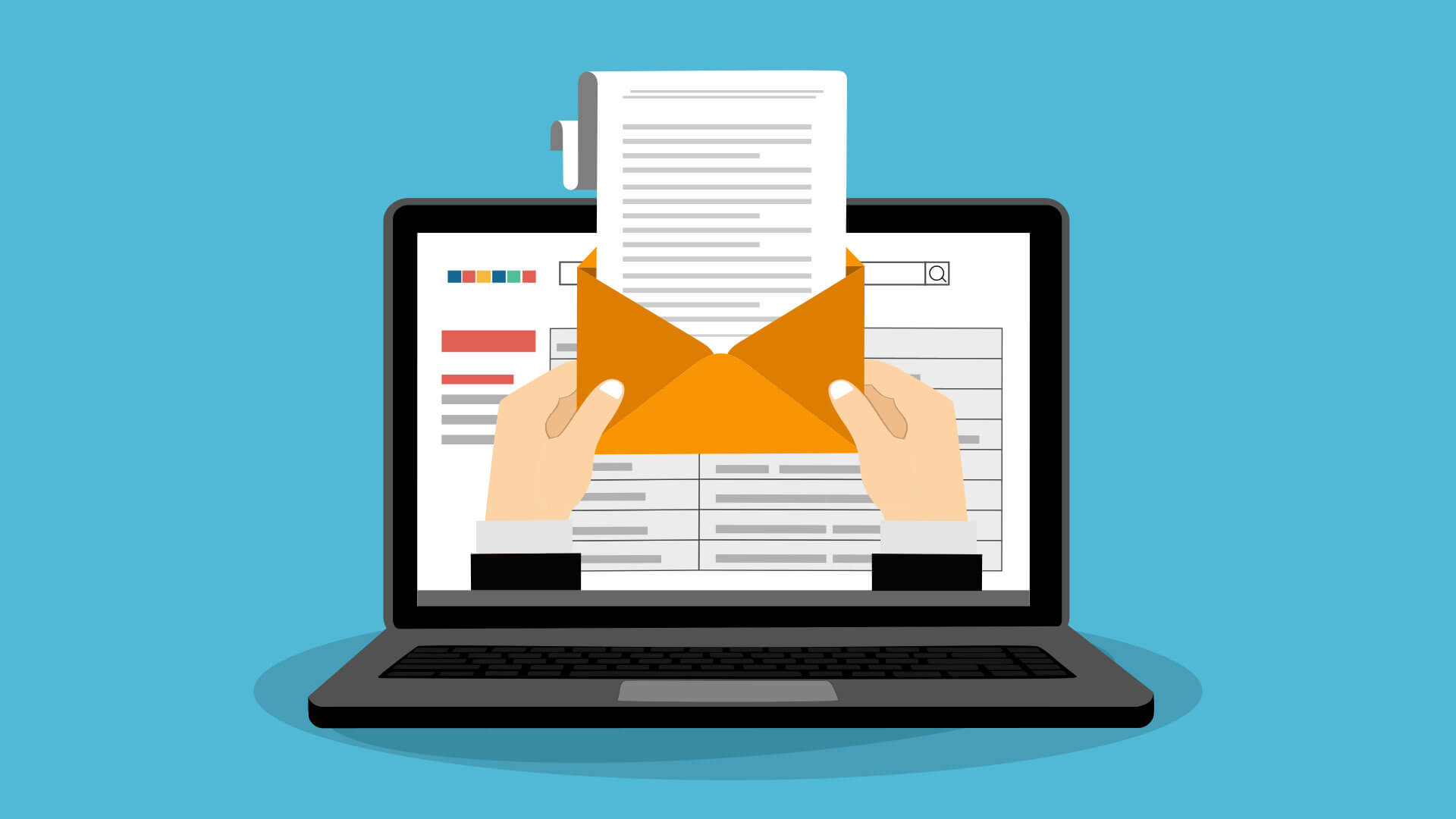HubSpot has determined through recent research that companies with inbound marketing campaigns are much more likely to achieve a high ROI than companies with outbound campaigns.
But that’s not to say inbound marketing is easy.
Setting up a complete inbound marketing campaign can even be quite complicated. Creating and promoting content, testing the technical aspects, and measuring results is hard work. A campaign quickly gets complicated, considering all the factors involved.
Fortunately, there are parts you can deploy that are proven effective in creating a successful inbound marketing campaign.
In this blog post, we will discuss 9 helpful inbound marketing tips and how you can implement them in your next campaign.
Publish Blog Posts
Making valuable content for your target audience is essential to a successful inbound marketing campaign.
In other words, blogging is the most effective way of sharing content.
According to the Content Marketing Institute research, 80% of B2B marketers view blogs as one of the most critical components of their inbound strategy.
Your blog offers an excellent opportunity to get new potential customers to your website. It also ensures your brand’s visibility at a stage when the prospect is not yet ready to make a purchase.
By helping your prospects with relevant content on solving a problem (which they may not even know there is a solution to or are looking for), you ensure that they (unknowingly) commit to your brand.

However, one of the most challenging aspects of blogging is determining the topics you want to cover.
First, ensure you understand the behavior, needs, and terminology your (potential) buyers use on their purchasing journey.
Then, look at relevant news websites, your competitor’s blogs, and blogs from ‘leaders’ in your industry. See what people talk about the most right now. In the meantime, also look at what visitors do on these blogs. Are there any reactions, or is it actively shared on social media?
This way, you’ll determine which topics appeal to your target group.
Once you’ve gained some ideas, it’s time to create a list of relevant topics and schedule them in your “content calendar.”
For example, if you are a sales company, you can write about relationship management, sales management, lead nurturing and prospecting. These topics are all relevant to sales and can form the basis for a successful sales strategy.
Create a content offer
The goal of your inbound marketing campaign is to generate more leads.
To achieve this, you will need to provide a content offer. Your prospects will receive it when they leave their details by filling out a form on your website. The most popular content is white papers, analytical reports, videos, and webinars.
Most companies have more valuable content available than they think. So, critically examine what you have and how you can make your audience happy.
Create a good landing page

When your content offer is ready, create landing pages with a signup form where your prospects can convert into leads.
The landing page lets your prospect leave their details in exchange for your content offer.
Before you begin putting together the landing page, consider the following key points:
- Make sure your headings are short and clear
- Use social proof (for example, placing logos of well-known organizations that you work with or awards)
- Provide a clear call to action
- Remove the navigation from the page
- Provide the link to a “thank you” page
Promote your content
You’ve probably heard of the term ‘content is king.’ We believe that content promotion is just as important. You can do this in the following ways:
- Via social media
- Through your existing media
- By sharing your content with influencers
- Via online communities
Social advertising and content promotion are great ways to start content promotion and reach your audience. It also works better as an acquisition channel than traditional advertising for B2B companies. There are examples of companies that get 50% more quality leads through LinkedIn sponsorship than through Google AdWords.
Don’t forget about the mail
With email marketing, you can create good demand and promote your content. According to many studies, email marketing is the most widely used marketing channel to create demand. It is not without reason that almost 90% of B2B marketers use this.

If you want to use email marketing as part of your inbound marketing strategy, there are a few points to consider.
One of the most important things you need to do is ensure that your contacts database is segmented – for example, based on location, branch, and job title. This way, you make the message more personal, and there is a high chance that the recipient will find the content relevant.
One of the best inbound marketing tips I can give you is to send the emails from a real name and email address. This prevents your email from ending up in the spam folder and thus increases the chance that recipients will open your email.
Warm-up your leads

Now that you have leads, the question is, what will you do with them?
A lead nurturing plan can help you with this.
According to HubSpot research, 50% of leads are typically qualified but not ready to purchase. Therefore, you must keep in touch with your leads by providing them with relevant content that fits their phase.
You can apply lead nurturing in two ways:
- Run a campaign focused on a product (and often on speed),
- Focus on offering even more content in the awareness and consideration phase, thus opt for long-term nurturing.
The latter works best with an inbound marketing campaign.
Create a Campaign to bind your customers
The role of marketing at B2B companies now extends much further than lead generation and brand management. There is increasing collaboration between different departments to shape the customer experience and journey. As a result, there are many more opportunities to use different angles for an inbound marketing campaign.
In addition to prospects, your content can be interesting for your existing customers. You can use campaigns to ‘keep the dialogue going.’ Consider, for example, webinars that are only accessible to existing customers. By also thinking about your existing clientele, you increase their engagement.
Make sure you measure everything
Measuring your results is just as important as applying the above points. It is essential to know what you put in and what you get out of it. We also call this measuring your ROI.
Research the analytics related to your marketing activities, such as views, newsletter or blog submissions, conversion rates, new leads, marketing qualified leads (MQLs), and new customers.
If the results do not meet the expectations you had, it’s not always a bad thing. Think of it as areas for improvement that you will include in your next inbound marketing campaign. Adjust your strategy and the types of content that you offer.
- The message you bring.
- The look and feel of your calls to action (CTAs).
- Test, test, test.
Inbound Marketing – Conclusion
If you invest time and money in inbound marketing, don’t waste your budget unthinkingly on advertising. It’s a complex strategy that requires much strategic planning, constant adjustment, and optimization.
Last Updated on December 1, 2023





